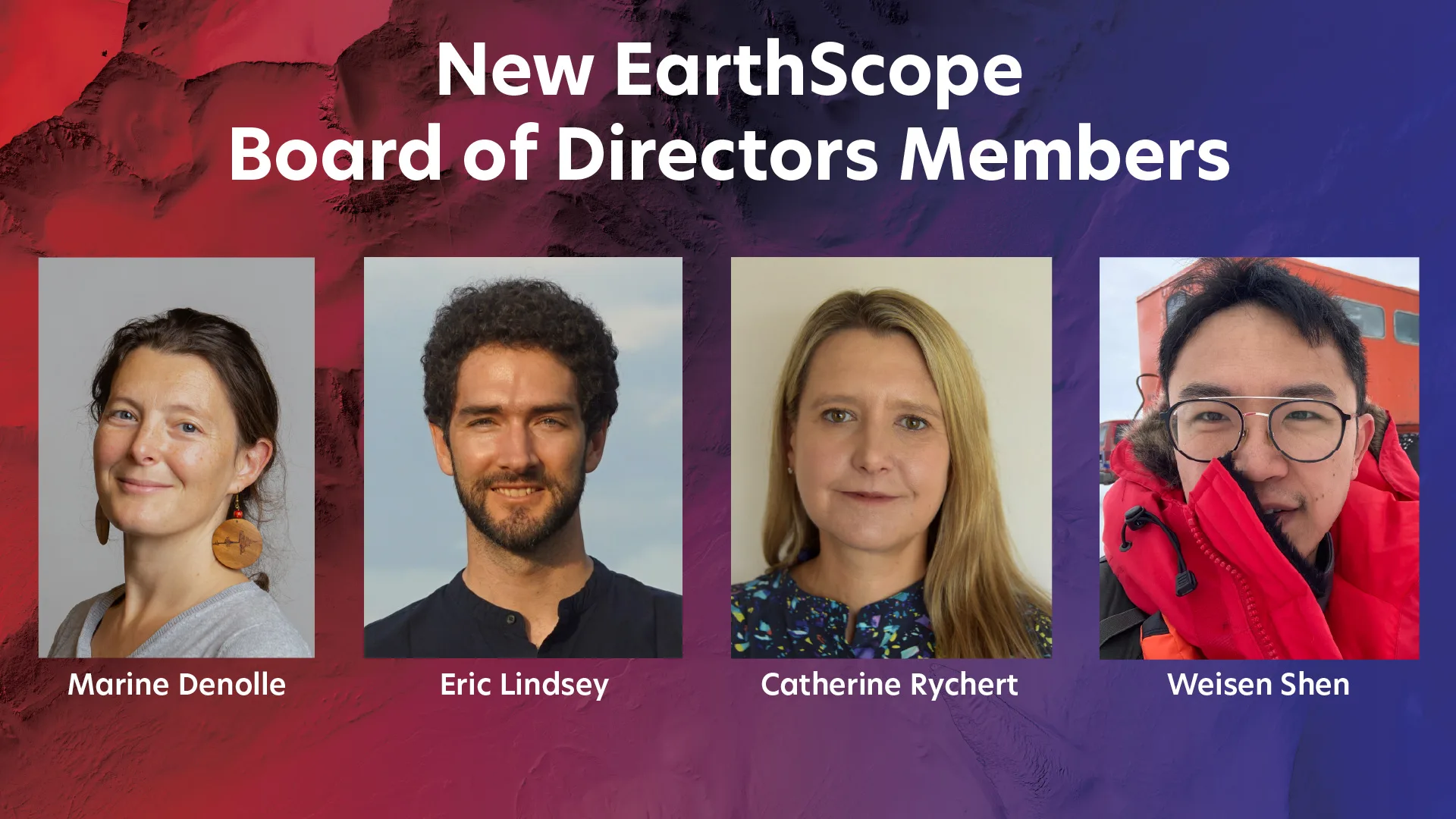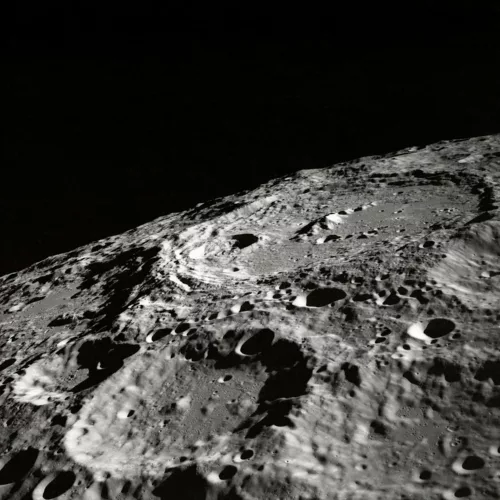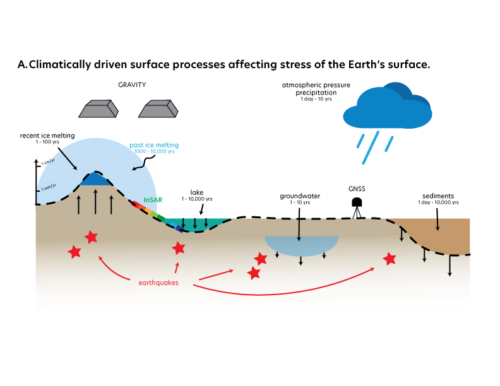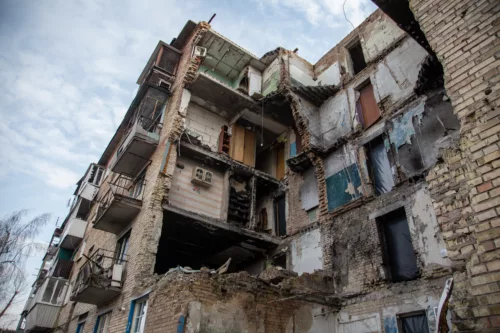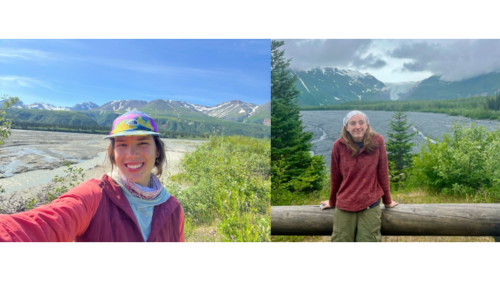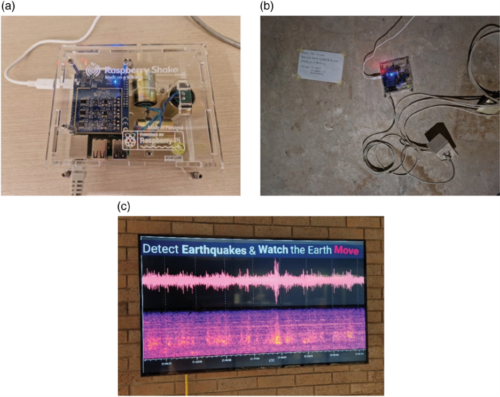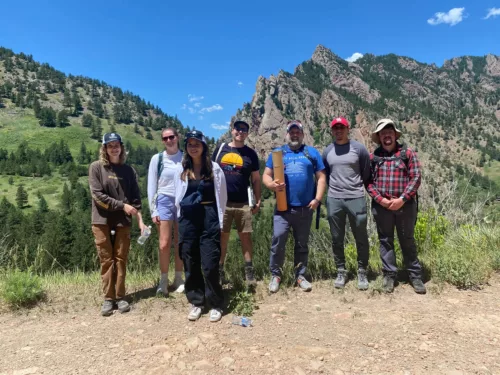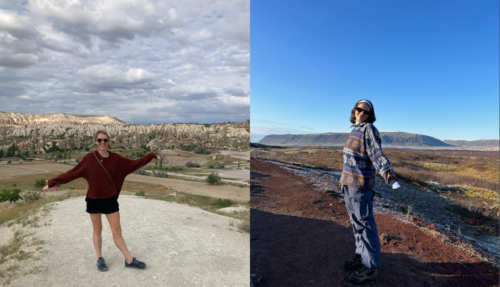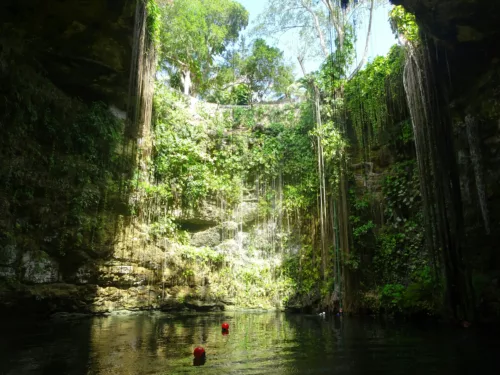
How Listening to Rocks Unveiled the Structure of an Aquifer
When features below Earth’s surface aren’t easily visible, geophysicists turn to their multi-disciplinary toolbox for answers. In a new study, geophysicists took a listen to ambient noise with seismometers to map out the complex structure of a Florida aquifer.


